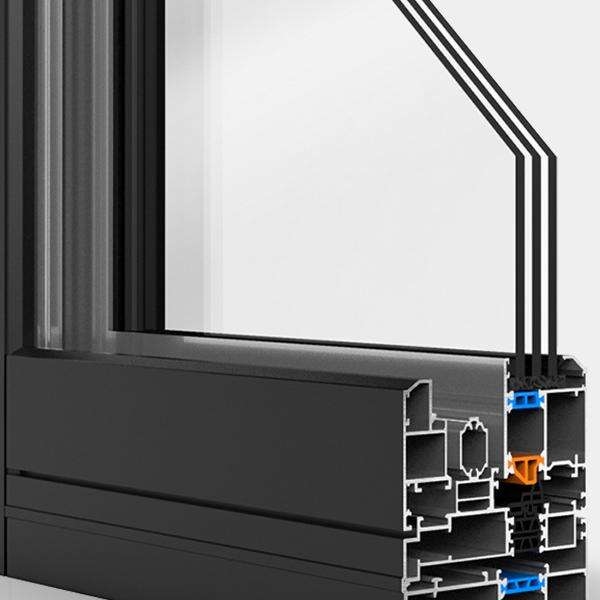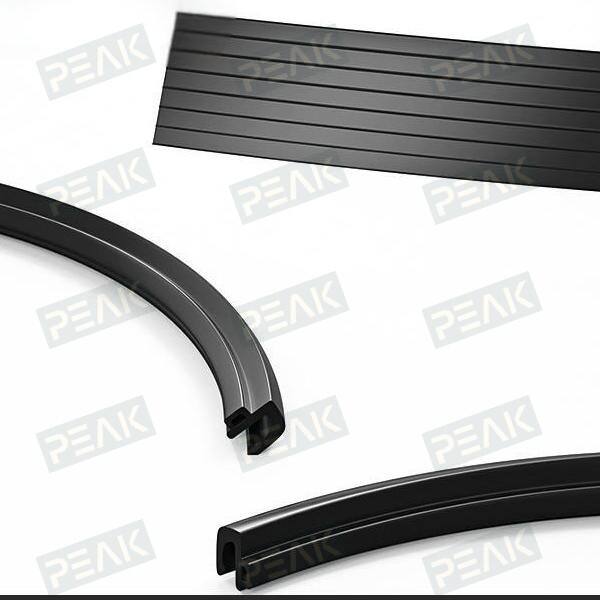aluminum door and window manufacturing
Aluminum door and window manufacturing represents a sophisticated blend of engineering precision and architectural innovation in modern construction. This industry encompasses the design, fabrication, and assembly of high-performance aluminum frames and systems that form essential building components. The manufacturing process involves advanced extrusion techniques, where raw aluminum is shaped into precise profiles that meet specific structural and aesthetic requirements. These components undergo rigorous quality control measures, including thermal break technology integration, weatherstripping installation, and surface treatment processes. Modern manufacturing facilities employ computer-aided design (CAD) systems and automated production lines to ensure consistent quality and dimensional accuracy. The process includes cutting, machining, assembly, and finishing stages, where components are treated with powder coating or anodizing for enhanced durability. These manufacturing operations incorporate energy-efficient design principles, ensuring products meet current building codes and environmental standards. The industry serves various sectors, from residential construction to commercial buildings, offering customizable solutions that balance structural integrity with architectural design requirements.


